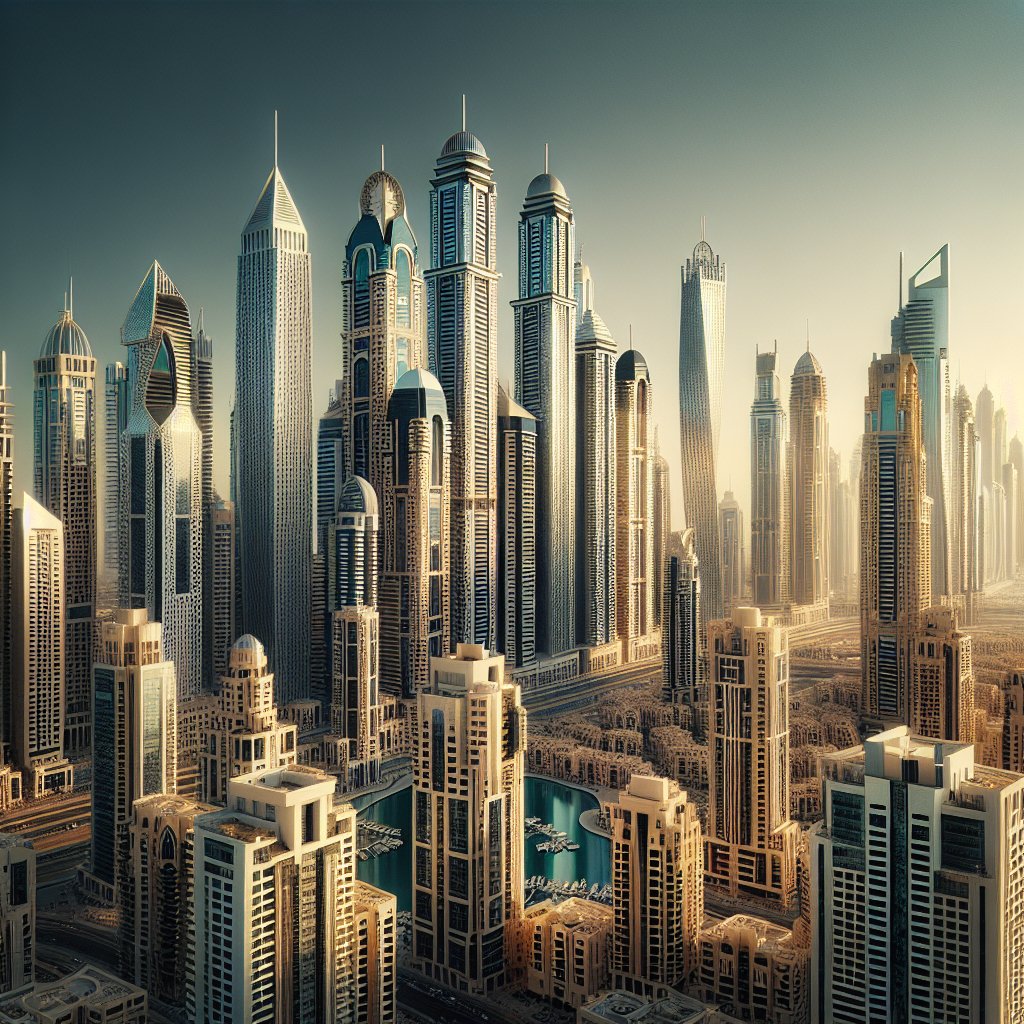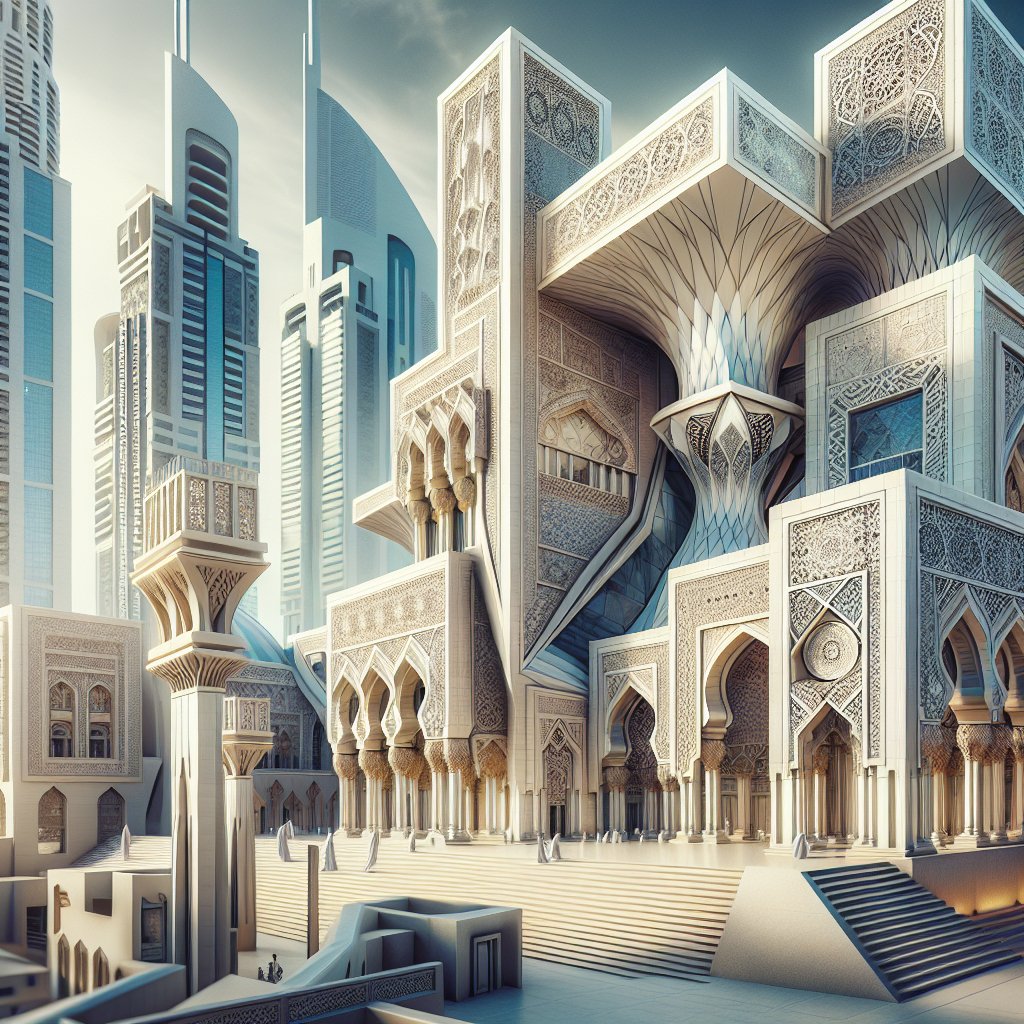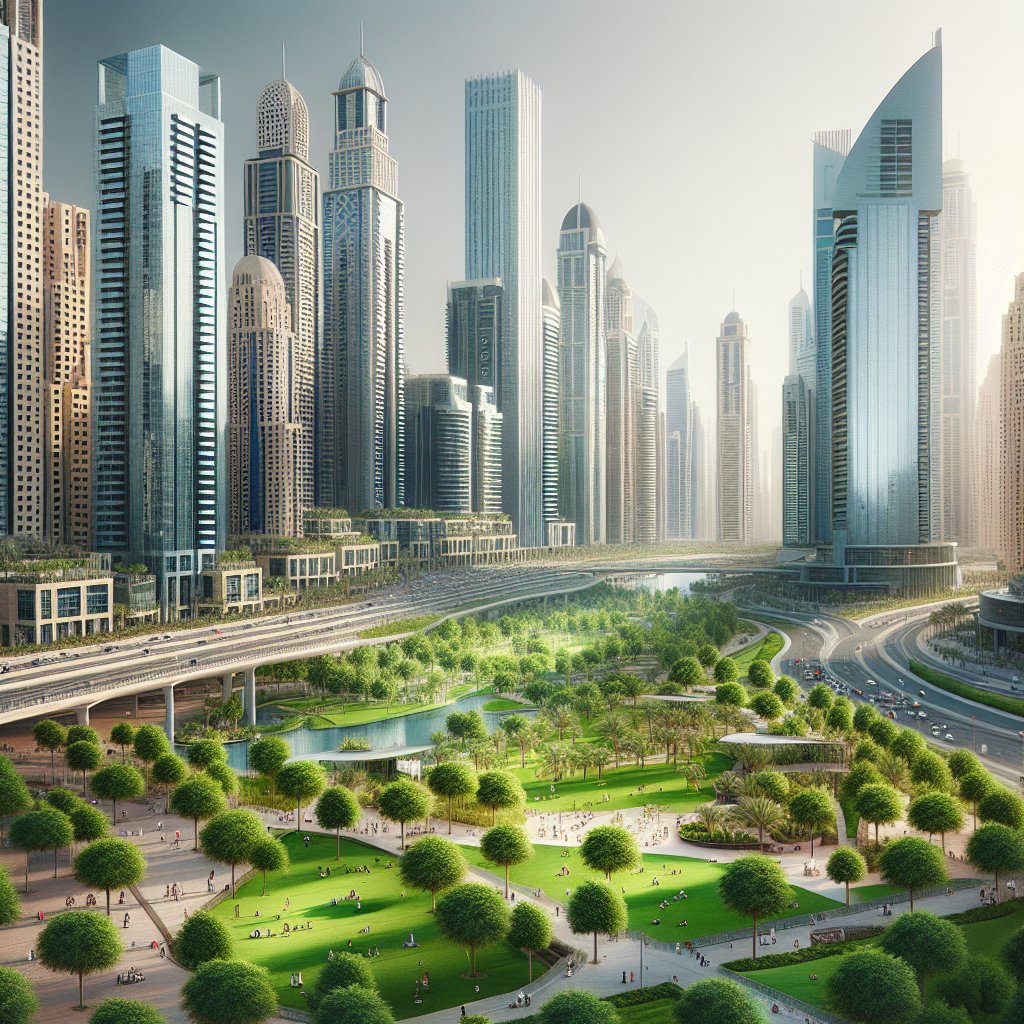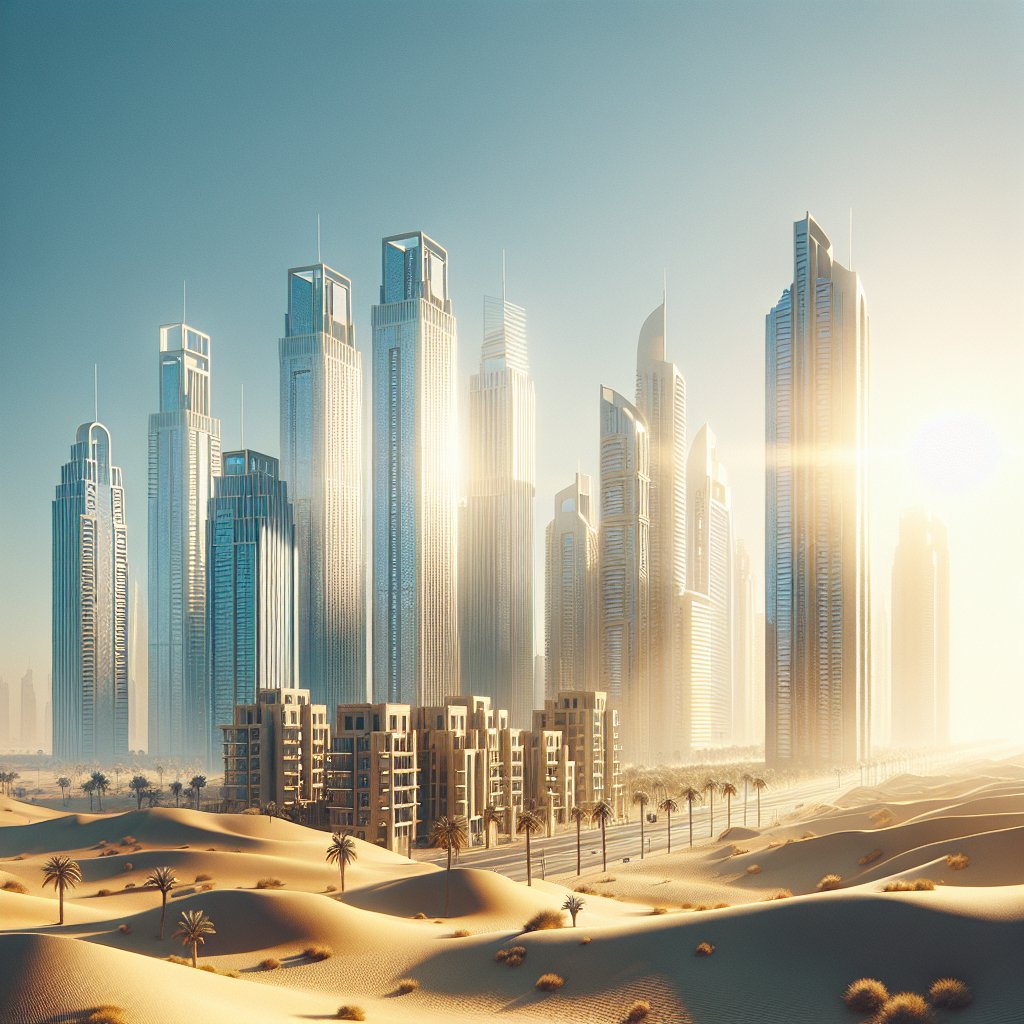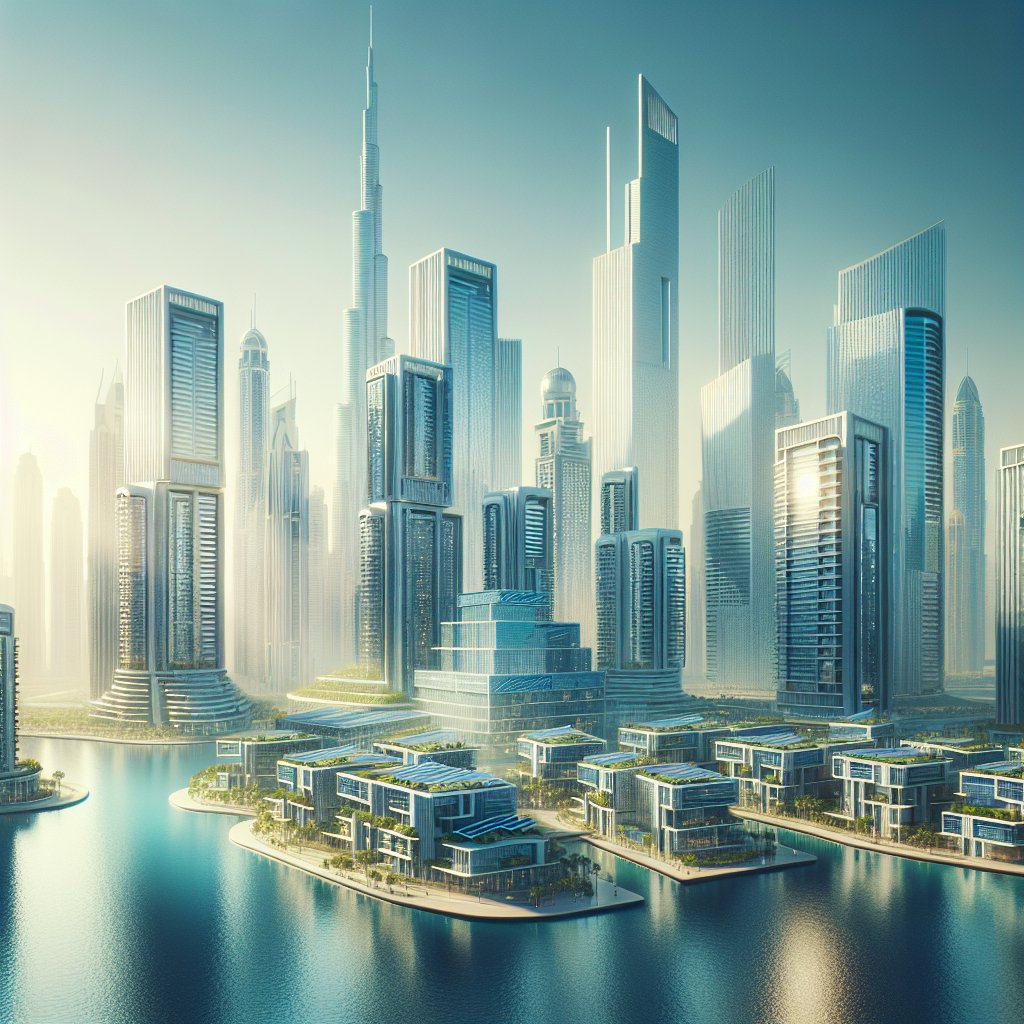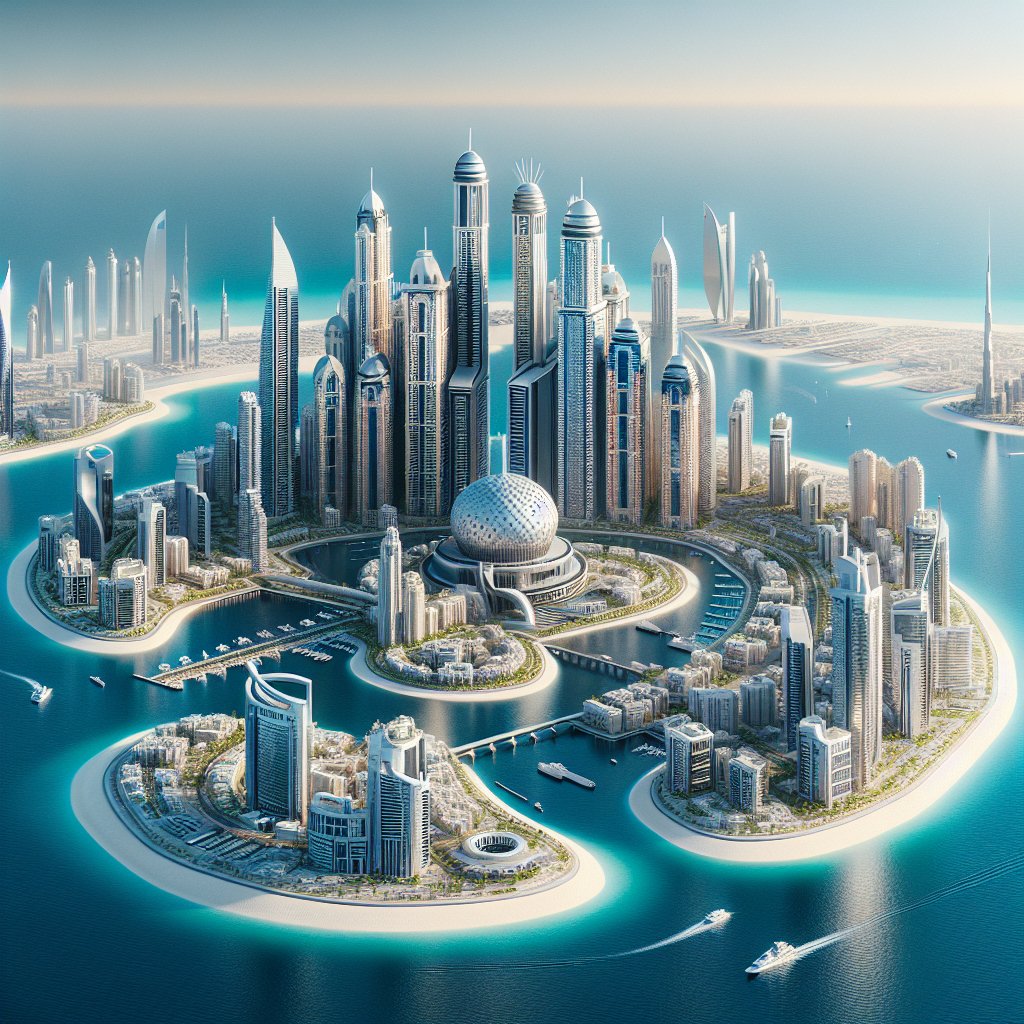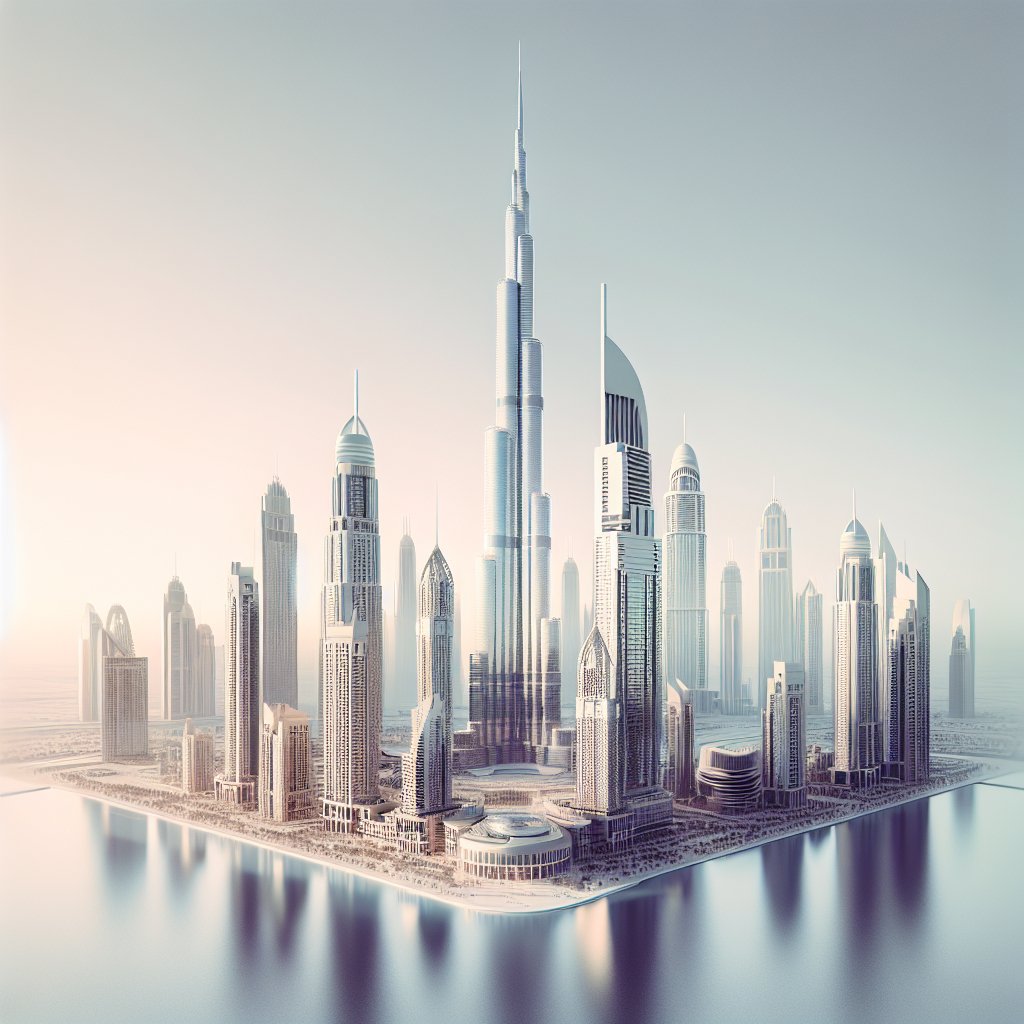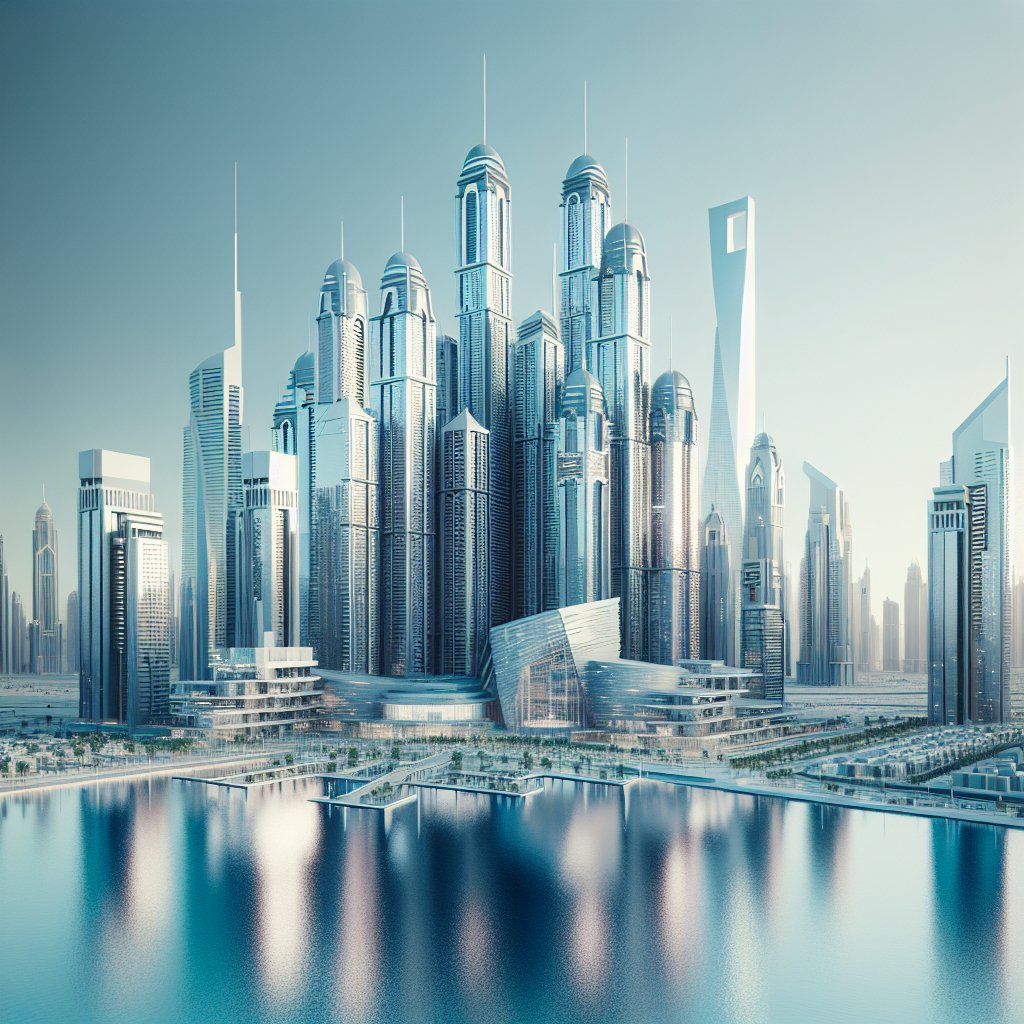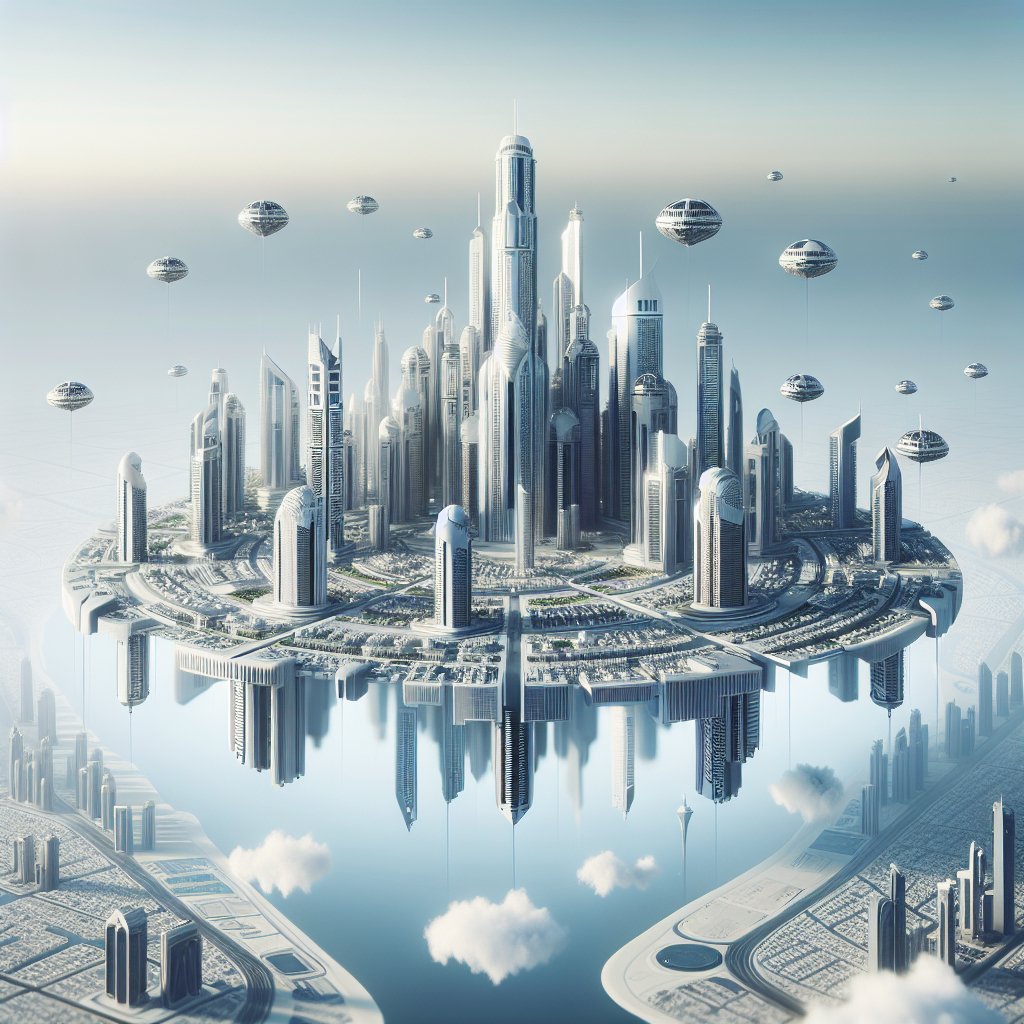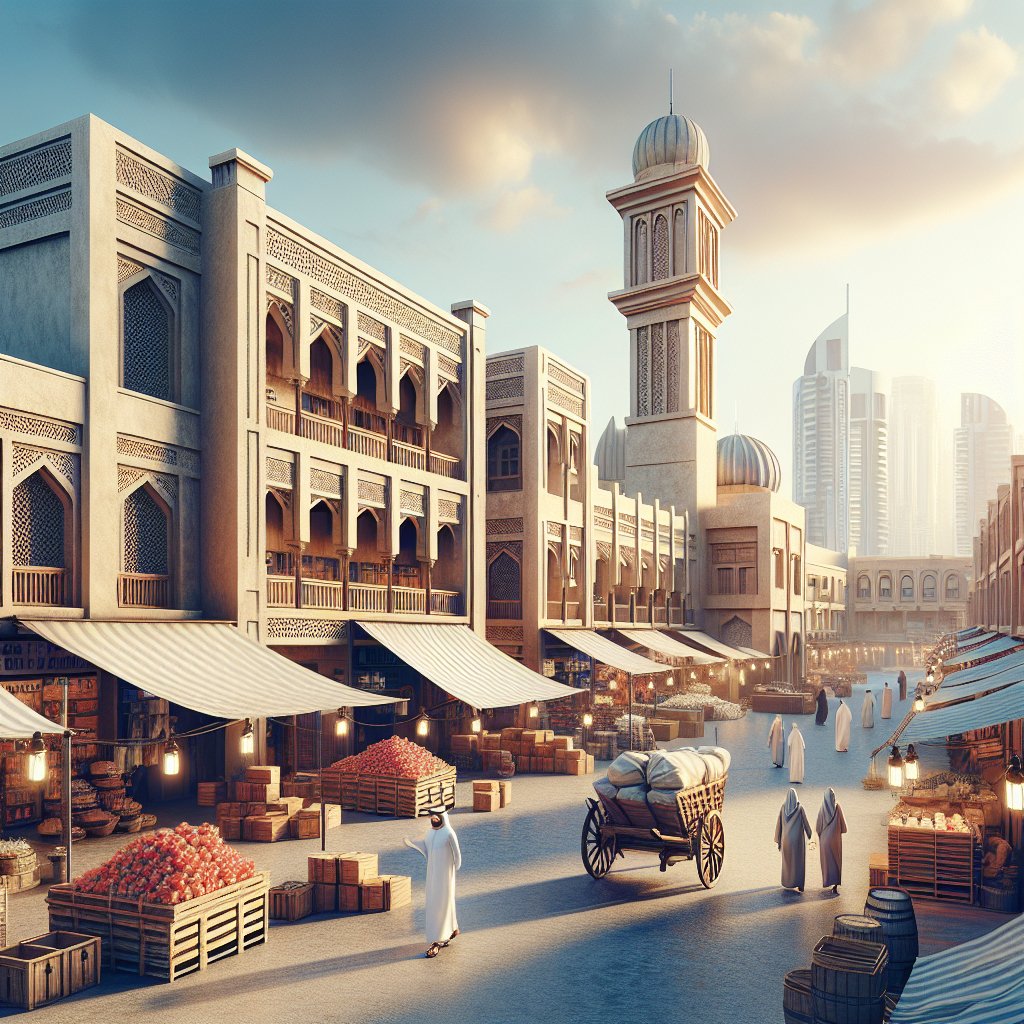Dubai’s architecture is not only a testament to human ingenuity but also a blueprint for the future of global cities. The city has transformed from a modest trading port into a sprawling metropolis, characterized by its futuristic skyline and innovative urban planning. This transformation has been driven by a combination of visionary leadership, strategic investments, and a relentless pursuit of excellence in design and construction. As cities around the world grapple with the challenges of rapid urbanization, climate change, and technological advancement, Dubai’s architectural achievements offer valuable insights into sustainable and forward-thinking urban development.
The Rise of Iconic Structures
Dubai’s architectural landscape is dominated by iconic structures that have become symbols of the city’s ambition and creativity. The Burj Khalifa, the tallest building in the world, stands as a beacon of engineering prowess and architectural innovation. Designed by the renowned firm Skidmore, Owings & Merrill, the Burj Khalifa is not just a skyscraper but a vertical city, housing residential, commercial, and hospitality spaces. Its design incorporates elements of traditional Islamic architecture, seamlessly blending cultural heritage with modern aesthetics.
Another architectural marvel is the Burj Al Arab, often referred to as the world’s only seven-star hotel. Its sail-shaped silhouette has become synonymous with luxury and opulence. The hotel is built on an artificial island, showcasing Dubai’s ability to push the boundaries of construction and engineering. The Palm Jumeirah, an artificial archipelago, further exemplifies Dubai’s penchant for ambitious projects. This man-made island is home to luxury residences, hotels, and entertainment venues, offering a unique blend of urban living and waterfront lifestyle.
These iconic structures are not just architectural feats; they are integral to Dubai’s identity as a global city. They attract millions of tourists each year, contributing significantly to the city’s economy. Moreover, they serve as inspiration for architects and urban planners worldwide, demonstrating the potential of innovative design and construction techniques.
Sustainable Urban Development
As the world faces the pressing challenge of climate change, sustainable urban development has become a priority for cities globally. Dubai is at the forefront of this movement, implementing a range of initiatives aimed at reducing its carbon footprint and promoting environmental sustainability. The city has embraced green building practices, with numerous structures achieving LEED certification for their energy efficiency and sustainable design.
One of the most notable examples of sustainable architecture in Dubai is the Sustainable City, a residential community designed to minimize environmental impact. The development features solar panels, energy-efficient appliances, and a comprehensive waste management system. It also includes green spaces and pedestrian-friendly pathways, promoting a healthy and sustainable lifestyle for its residents.
Dubai’s commitment to sustainability extends beyond individual projects. The city has launched the Dubai Clean Energy Strategy 2050, which aims to make Dubai a global hub for clean energy and green economy. The strategy outlines ambitious targets for renewable energy production, energy efficiency, and carbon emissions reduction. By investing in sustainable infrastructure and technologies, Dubai is setting a precedent for other cities to follow.
In addition to environmental sustainability, Dubai is also focused on social and economic sustainability. The city is investing in affordable housing, public transportation, and community development initiatives to ensure that its growth benefits all residents. These efforts are crucial for creating a resilient and inclusive urban environment that can adapt to future challenges.
Technological Integration in Urban Planning
Technology plays a pivotal role in shaping the future of cities, and Dubai is at the forefront of integrating cutting-edge technologies into its urban planning. The city has embraced smart city initiatives, leveraging data and technology to enhance the quality of life for its residents. From smart traffic management systems to digital governance platforms, Dubai is utilizing technology to improve efficiency, reduce costs, and enhance service delivery.
One of the key components of Dubai’s smart city strategy is the use of artificial intelligence (AI) and the Internet of Things (IoT). These technologies are being deployed to optimize energy consumption, monitor air quality, and manage waste. For instance, smart meters and sensors are used to track energy usage in real-time, allowing for more efficient energy management. Similarly, IoT-enabled waste bins provide data on waste levels, enabling more effective waste collection and recycling.
Dubai is also exploring the potential of autonomous vehicles and drones to revolutionize transportation and logistics. The city has conducted successful trials of autonomous taxis and is investing in the development of drone delivery systems. These innovations have the potential to reduce traffic congestion, lower emissions, and improve accessibility.
Furthermore, Dubai is harnessing the power of big data and analytics to inform urban planning decisions. By analyzing data on population growth, traffic patterns, and resource consumption, city planners can make more informed decisions about infrastructure development and resource allocation. This data-driven approach ensures that Dubai’s urban development is both efficient and sustainable.
Challenges and Opportunities
While Dubai’s architectural and urban planning achievements are impressive, the city also faces several challenges as it continues to grow and evolve. One of the primary challenges is managing the rapid pace of development while ensuring that it remains sustainable and inclusive. As the city expands, there is a risk of overdevelopment and strain on resources, which could impact the quality of life for residents.
Another challenge is maintaining the balance between preserving cultural heritage and embracing modernity. Dubai’s rapid transformation has led to the loss of some traditional neighborhoods and cultural landmarks. To address this, the city is investing in heritage conservation and cultural initiatives to preserve its unique identity.
Despite these challenges, Dubai’s future holds immense opportunities. The city’s strategic location, business-friendly environment, and commitment to innovation make it an attractive destination for investment and talent. As Dubai continues to evolve, it has the potential to become a model for sustainable and resilient urban development, offering valuable lessons for cities around the world.
In conclusion, Dubai’s architecture and urban planning are shaping the future of global cities by demonstrating the power of visionary leadership, innovative design, and sustainable development. As cities worldwide navigate the complexities of the 21st century, Dubai’s achievements offer a roadmap for creating vibrant, inclusive, and sustainable urban environments.
